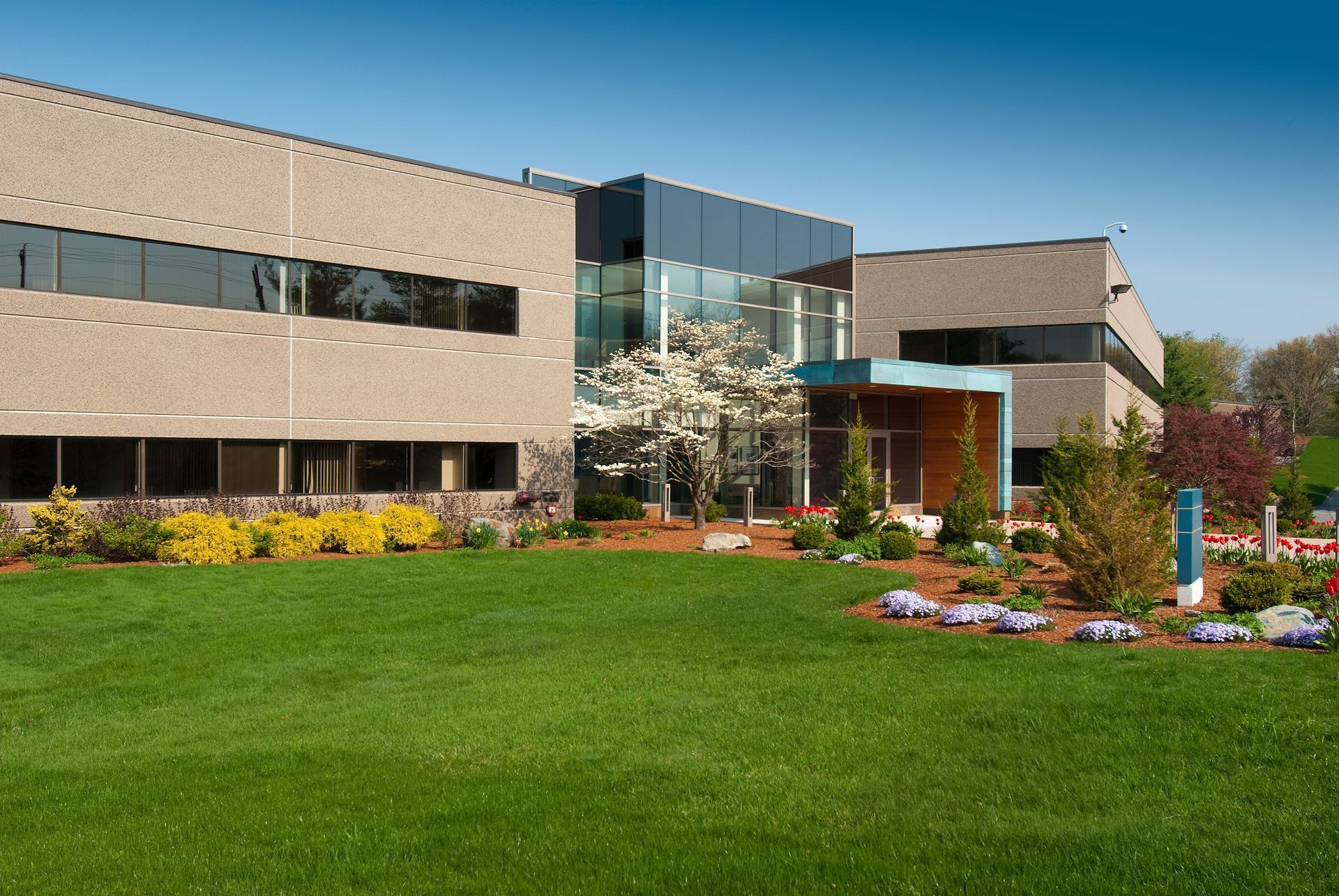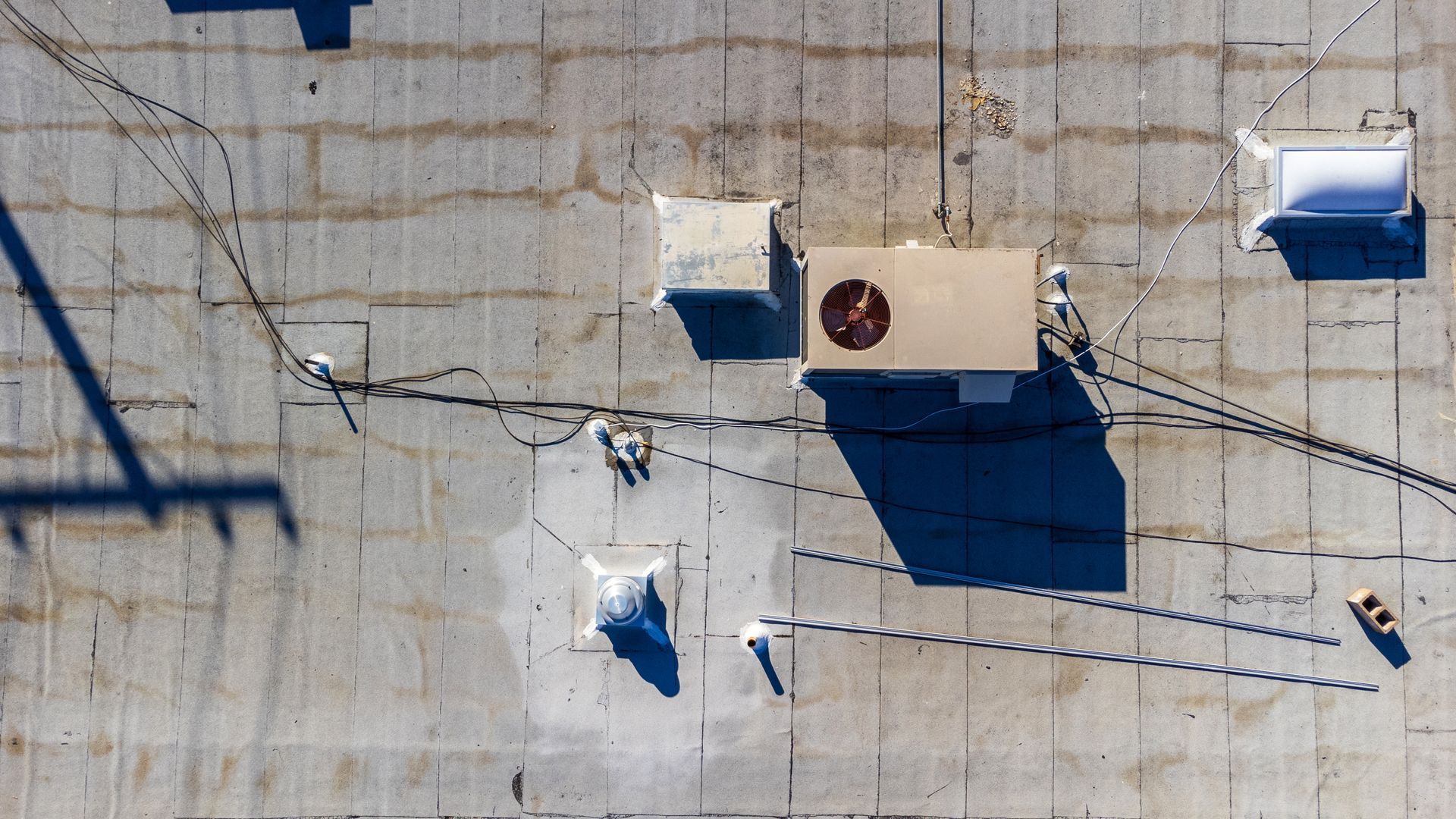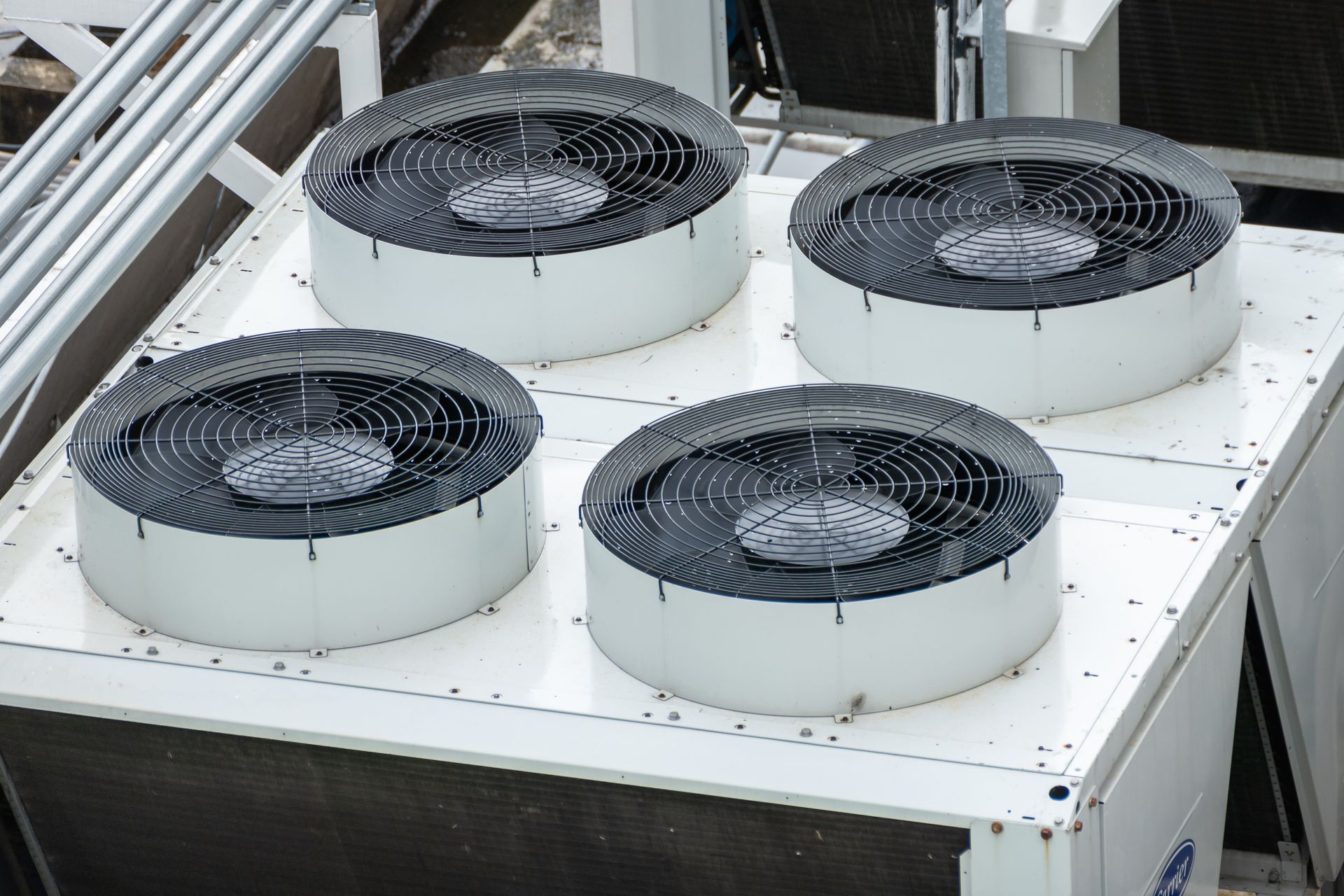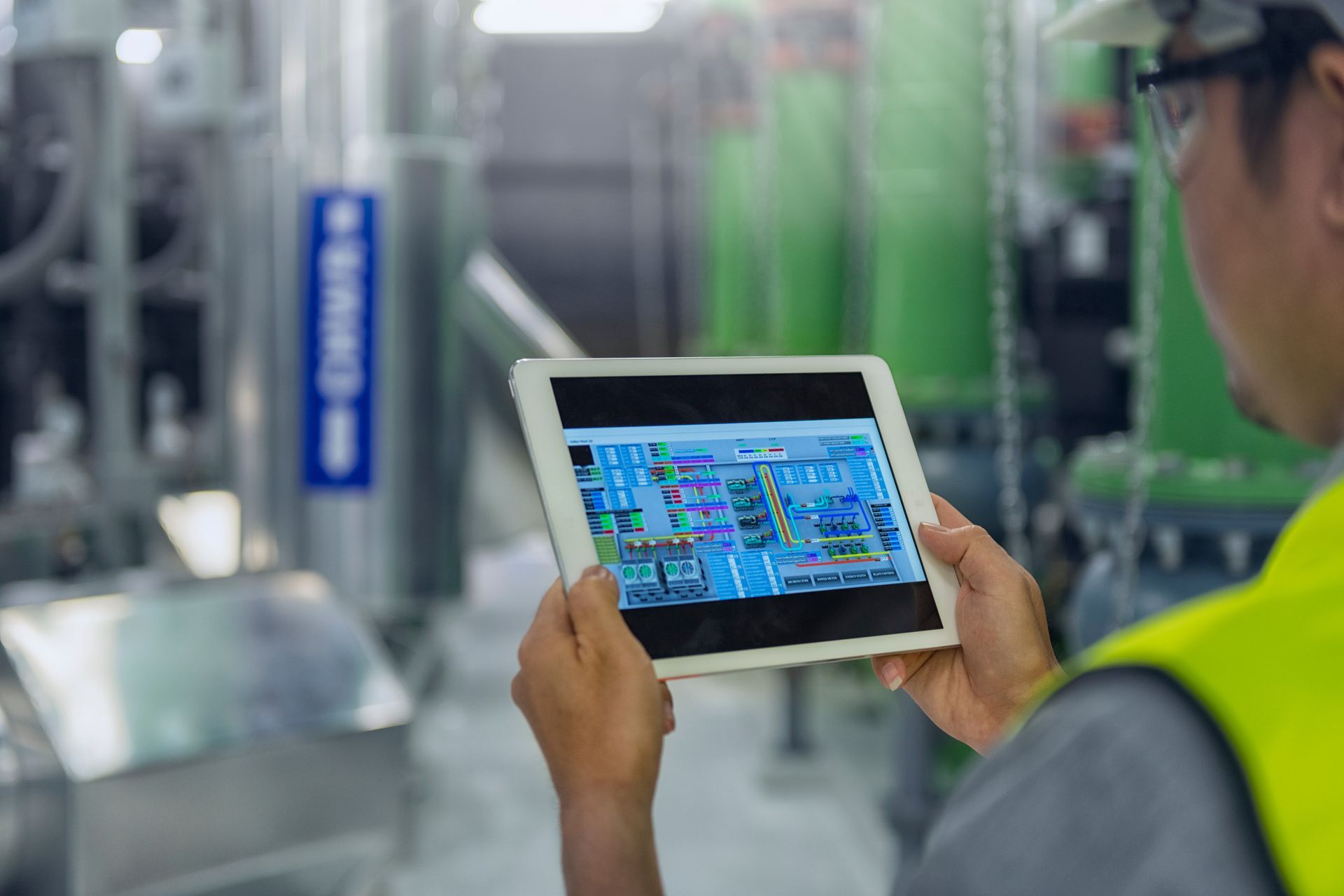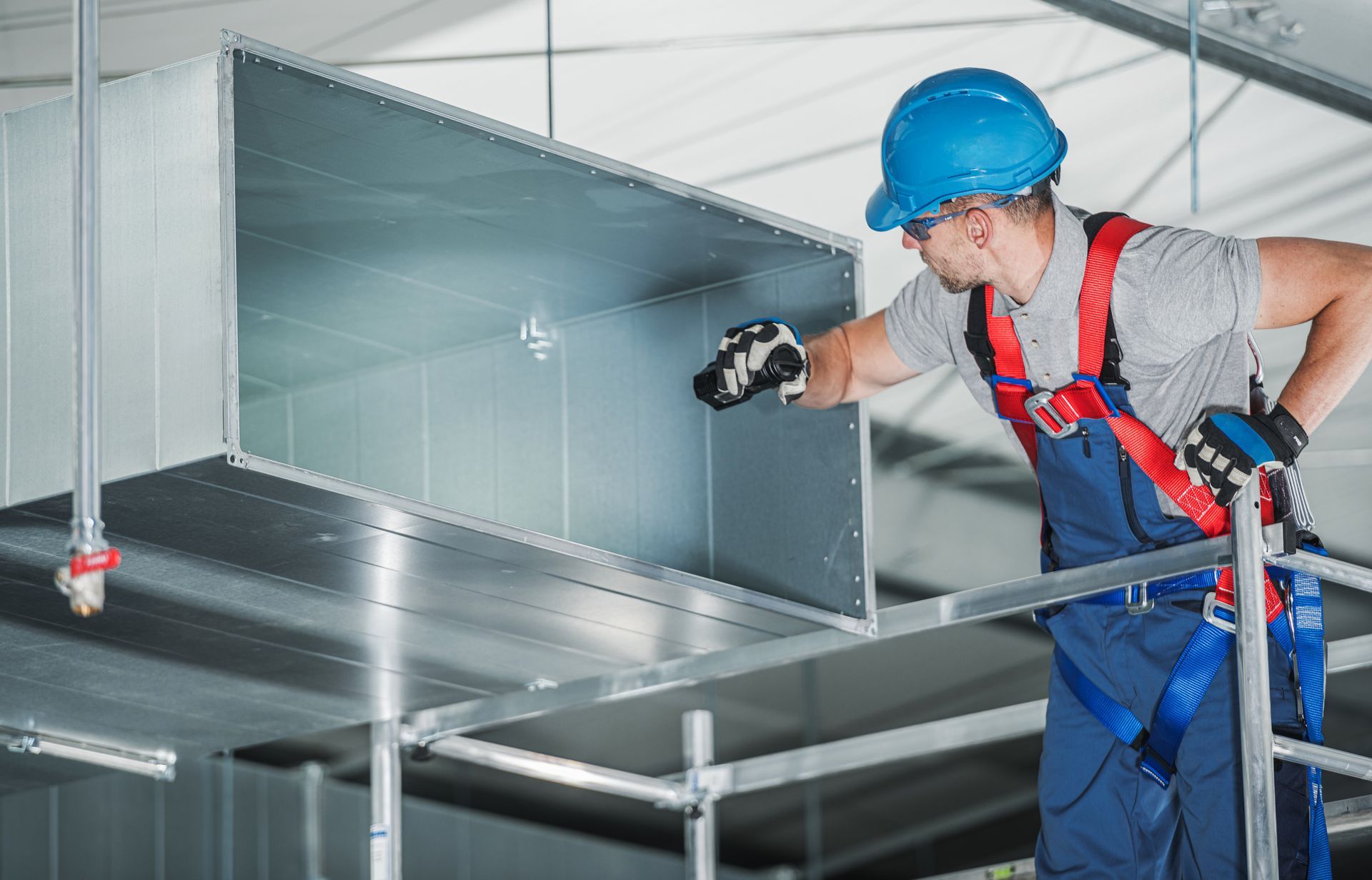How Your Building’s HVAC System Compensates for Rapid Changes in Occupancy
Share
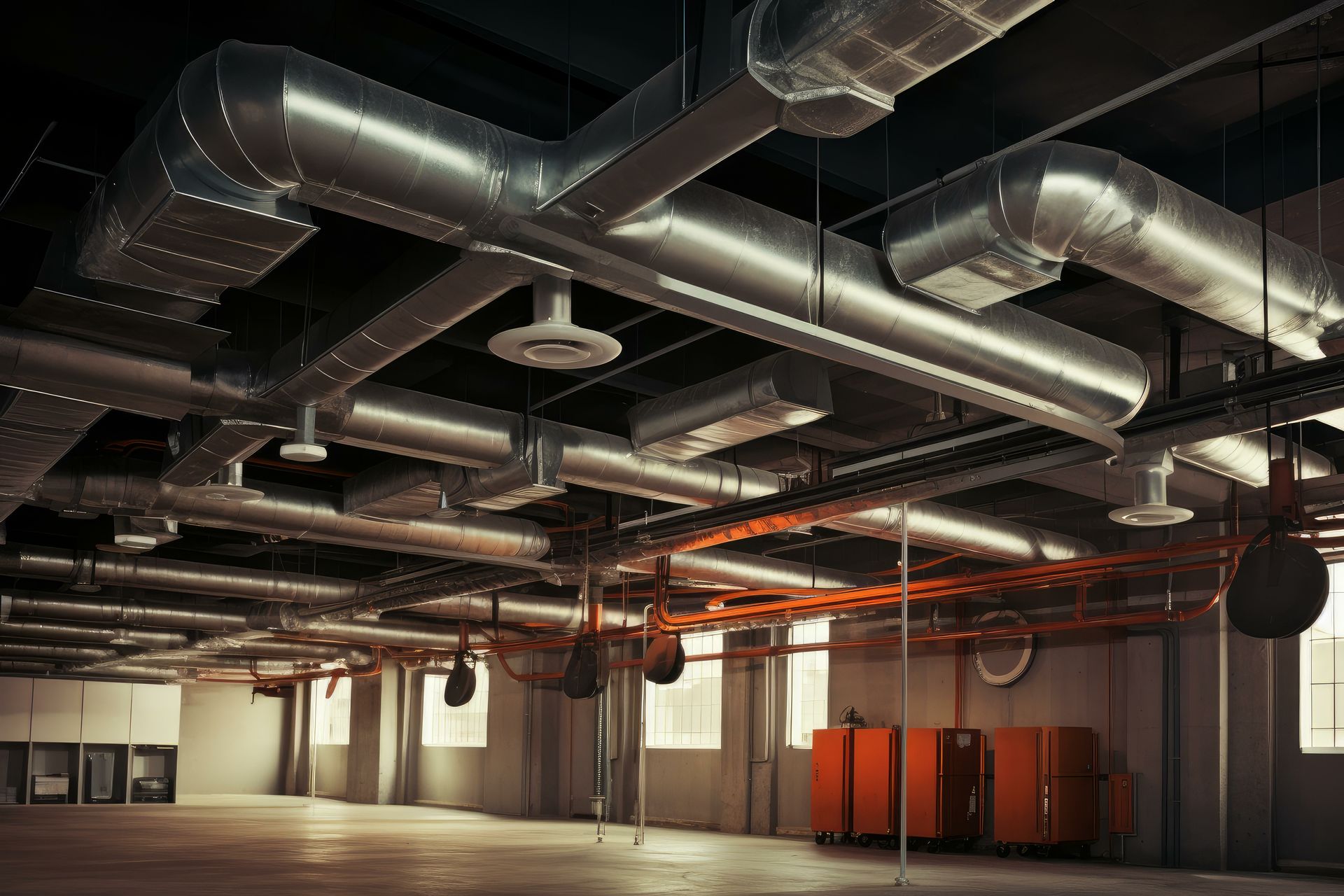
In commercial buildings, occupancy can change dramatically over just a few minutes; employees clocking in at 8 a.m. or out at 5 p.m., students flooding out of classrooms at 2:30 p.m. or a congregation filling pews for Sunday service at 8:30 a.m. Compensating for rapid shifts in occupancy is something commercial HVAC systems have always needed to handle.
But what does your HVAC system actually do when these shifts happen? Does it automatically detect people coming and going, or does it just respond to changes in temperature or air quality?
How a Typical HVAC System Responds
Most standard commercial HVAC systems don’t directly sense people. They react to the side effects of occupancy:
- More people mean more body heat, rising CO₂ levels and higher humidity.
- Fewer people mean less heat load, lower CO₂ and reduced need for ventilation.
For example, when a crowded office empties at 5 p.m., the space gradually cools, CO₂ drops and the system reduces cooling output. These are simply reactive adjustments based on temperature or air quality sensor readings, not because it “knows” people left.
This approach works for many commercial applications, but it can lag behind actual occupancy patterns, especially in buildings with unpredictable schedules. In other words, there’s often a stuffy, warm period at the start of the work or school day and an uncomfortably chilly period for anyone who stays late.
How Advanced Systems with Occupancy Sensors or BAS Respond
Modern HVAC setups often include occupancy sensors, demand-controlled ventilation (DCV) or building automation systems (BAS) to manage these shifts more proactively.
- Occupancy sensors: Detect motion or presence in specific zones, allowing the system to reduce airflow or adjust temperature when rooms are vacant.
- DCV systems: Use CO₂ sensors to adjust the volume of fresh outside air, ensuring optimal ventilation based on how many people are in the space.
- BAS platforms: Let facility managers program detailed schedules, automate temperature setpoints and coordinate multiple systems across the building.
With these tools, the system can anticipate occupancy changes. For example, it might pre-cool a church sanctuary before Sunday services or reduce ventilation to empty classrooms after dismissal, improving both comfort and energy efficiency. It also makes these spaces more tolerable for any occupant who may come in early or stay late.
Common Examples in Commercial Spaces
- Office buildings: Peak occupancy during the workday, followed by an evening slowdown. Modern systems may also adjust for lower activity on Fridays or hybrid work schedules.
- Schools: Heavy daytime use with near-empty buildings in the evening and weekends. Special events like assemblies or sports games create sharp but predictable spikes.
- Retail stores: Busy afternoons and weekends, quiet mornings and overnight shutdowns. HVAC systems can be zoned to shut down nonessential areas after closing.
- Churches or houses of worship: Large crowds during scheduled services, with long periods of minimal use the rest of the week. Smart systems can ramp up airflow or cooling before congregants arrive then scale back after services.
Mechanical Considerations and Adjustments
Behind the scenes, the HVAC system uses several mechanical strategies to balance comfort and efficiency as occupancy changes:
- Variable air volume (VAV) systems: Adjusts airflow to match the needs of each zone, reducing or increasing supply as demand shifts.
- Packaged rooftop units (RTUs): Stage compressors, fans or heating elements run at partial capacity when loads are light.
- Demand-controlled ventilation (DCV): Modulates outside air dampers based on CO₂ levels, ensuring fresh air without overventilating empty spaces.
Without these mechanical adaptations, buildings risk overcooling, poor air quality or unnecessary energy costs.
Why Many Commercial Facilities Benefit From More Than Just Reactive Adjustments
An HVAC system that fails to properly adjust to occupancy patterns can contribute to:
- Hot spots or stuffy rooms during large gatherings.
- Energy waste from overventilating or overcooling empty spaces.
- Unhappy occupants due to inconsistent comfort.
Optimizing an HVAC system to handle occupancy shifts keeps buildings efficient, comfortable and aligned with energy-saving goals, lowering utility bills and extending equipment life.
Helping Arlington and DFW Facility Managers Optimize Their HVAC Systems for Variable Occupancy
At Tom’s Commercial, we help DFW businesses evaluate whether their current HVAC systems are keeping up with their building’s real-world occupancy patterns. We can:
- Review your building’s usage schedule and identify efficiency gaps.
- Recommend smart controls, scheduling or BAS integrations to improve performance.
- Install or upgrade zoning, VAV, DCV or economizer systems to better match occupancy loads.
- Provide ongoing maintenance to ensure sensors, dampers and controls operate as intended.
Whether you manage an office, industrial facility, school, retail store or church, we can help your HVAC system handle occupancy changes more smoothly, keeping your space comfortable and your costs under control.
Contact Tom’s Commercial today at 817-857-7400 to schedule an HVAC evaluation tailored to your building’s needs.


